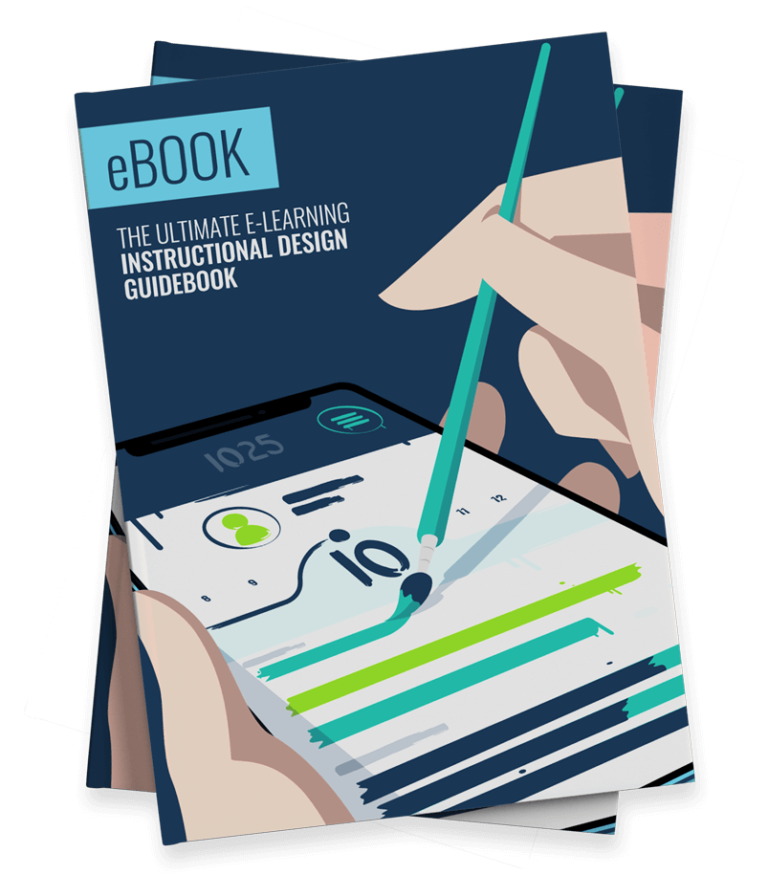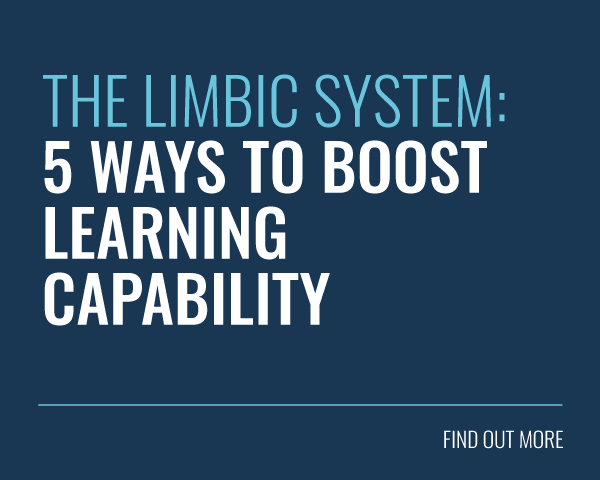 Continuous learning is the fuel that powers a satisfying, meaningful life. It opens new doors, provides exciting opportunities and helps us to overcome existing challenges. At the same time, it boosts our confidence and gives us a sense of purpose.
Continuous learning is the fuel that powers a satisfying, meaningful life. It opens new doors, provides exciting opportunities and helps us to overcome existing challenges. At the same time, it boosts our confidence and gives us a sense of purpose.
As Albert Einstein is reported to have said, ‘once you stop learning, you start dying’. Put in those terms, learning is a serious business.
Embracing the right approach and avoiding ineffective learning techniques makes a real difference.
That’s why it’s so important that we apply ourselves to learning in the best possible way. This means setting aside enough time and using the right approaches.
In a previous article, we looked at seven research-backed techniques that have proven to be effective. This time around, we’ll be looking at seven ineffective learning techniques. These are the approaches that need to be dispensed of — and quick.
By looking at ineffective learning techniques, we can gain a deeper understanding of more successful strategies. We can also start to identify flaws in some of our own learning approaches. As a result, we can make tweaks and subtle improvements to boost our own learning output.
Guidance on Learning Techniques
Research on effective learning practice is widely available. Unfortunately, it is rarely used to inform the way we learn.
This is true for students working their way through the education system. It’s also true for adult learners seeking to develop themselves professionally. You are told what to learn, but not the best way of learning it. The result is countless wasted hours and suboptimal educational outcomes.
When left to your own devices, you’ll often fall back on ineffective learning techniques you’ve used before (regardless of how successful they were).
You may also be told that if you put in more time and more effort, you’ll get better results. This is true to some degree. But to truly move the dial, you need to examine your overall learning approach and the techniques you use.
7 Ineffective Learning Techniques
That’s where we come in. This article will furnish you with seven ineffective learning techniques that you should avoid like the plague. Forewarned is forearmed! Let’s get started.
1. Cramming
We’ve all been there before. As natural procrastinators, we often leave studying until the last possible moment. This can result in frantic cramming sessions the night before a big test, or hours before a presentation at work.
Cramming is the equivalent of binge-watching an entire Netflix series in one sitting. It may feel satisfying at the time, but it’s not without its consequences.
Oftentimes, cramming will result in you doing just well enough to encourage you to repeat the cycle when your next learning challenge arises. Then over the following days you’ll begin to forget everything you learned.
As Dr. Robert Bjork from UCLA’s Department of Psychology notes, “[cramming] can have pretty dramatic effects on an exam. It will work in the sense of performance on an exam administered at the end of cramming… but it just works in the short term. It’s accompanied with a dramatic forgetting rate after that.”
This is because learning is a constant battle against The Forgetting Curve. Whilst we can remember a certain amount over a 24-hour period, this information is soon forgotten. The best way to flatten the curve is to practice spaced repetition.
This is learning that takes place over time in multiple different sessions. This reinforces key learning points and eases the recall process. Over time, information gets ported across into our long-term memory. This is something that just doesn’t happen as a result of cramming.
2. Multi-tasking
Concentrating on a particular task requires a network of brain regions working in tandem to resist distraction.
In fact, your frontal cortex expends more energy warding off distractions than the rest of your brain does when it’s focusing solely on the task at hand.
This helps to explain why it’s so tempting to take a break from your studies to check your messages, or fall into a social media wormhole.
Multitasking might seem like a great way to get a lot done at once. You can learn, watch TV and do the laundry — all at the same time. But whilst you may feel productive, the reality is different.
Research shows us that our brains are not good at handling multiple activities at once. Indeed, research from Stanford shows us that heavy multitaskers struggle to ignore irrelevant cues.
When you’re multitasking, your brain rapidly shifts attention and focus from one thing to the next. This is energy sapping and allows distractions to creep in. To be an effective learner, you should create an easy to follow schedule of focused work that incorporates regular breaks.
If you resist the urge to multitask you should find that you complete your learning tasks quicker and have more time to focus on other activities.
3. Blocked Practice
Practice makes perfect, but not all forms of practice are born equal. In learning circles, an important distinction is drawn between ‘blocked’ and ‘mixed’ practice.
Blocked practice involves learning the same topic again and again until it becomes sticky. In other words, you can’t move on until you’ve mastered the subject at hand.
Mixed practice (or ‘interleaving’) encourages learners to cycle through multiple topics at once.
Let’s take a real world example. If you were studying cell biology, you might break down the sub-topics as follows.
- Animal Cells
- Plant Cells
- Cell Culture
- Cell Division
And so on. With a blocked approach, you’d master topic ‘A’, before moving to topic ‘B’. But research shows us that it’s more effective to take a mixed practice approach. This means cycling through all the topics in separate learning sessions, without waiting to master them before moving on.
This process helps the brain to differentiate between related concepts and ideas, thereby forming stronger memory associations. It also helps you to slot information into a wider knowledge network, thereby easing the recall process.
4. Reading & Rereading
Rereading is a fairly common learning strategy. This is because it’s relatively untaxing. As the name suggests, it’s the process of reading learning content again and again until the learner feels like the information has stuck.
The problem with this approach is how passive it is. At no stage does the learner challenge themselves to actively recall information.
Mary Pyc is a research scientist who works for Apple. She notes that “rereading is not as effective because you are not trying to actively retrieve the information”. In other words, you are not establishing what you actually know about the topic at hand.
To make matters worse, it can actually create a false sense of confidence. As Pyc continues, “with rereading what is going to happen is that it is going to feel like you already know the information, because you’ve already read it”.
Whilst there is room for rereading within an overall learning approach, it should always be combined with other learning techniques. We recommend incorporating practice retrieval (deliberately recalling information) and elaboration (linking new information to existing knowledge) as part of your process.
5. Highlighting
Highlighting is the process of drawing attention to information in your notes or reading materials by underlining or colouring over the text.
The pretty colours and neat groupings can sometimes fool us into believing that we have completed an effective learning session. Unfortunately, this is usually not the case.
Highlighting as a learning approach fails for the same reason that rereading fails. It’s primarily a passive experience. You could argue that it’s more active than rereading. After all, you do have to select which material to highlight.
Unfortunately, this is not enough to make a real difference. If you don’t challenge yourself to recall information, you can’t expect it to move over to your long-term memory.
What’s more, highlighting relies on students picking out the most important information from the text. This is not always an easy process. Some students may highlight non-essential information.
Others may over-highlight their reading material, thereby invalidating the approach. As a 2013 study from Kent State University puts it, highlighting is a ‘low utility’ ineffective learning technique. “In most situations that have been examined and with most participants, highlighting does little to boost performance.”
6. Using Mnemonics
Mnemonics are devices that we use to aid our overwhelmed memories. They are often little rhymes, or mental images that trigger the recall of information. The best way to explain them is to showcase some examples.
- Roy G. Biv: This ‘name’ is used to help students remember the colours of the rainbow.
- ‘I’ before ‘e’, except after ‘c’: This rhyme helps us to remember specific spelling related rules.
- Stalagmites are on the ground and stalactites are on the ceiling. This phrase uses word structure to drive understanding.
You may be able to think of examples of your own. Perhaps you use a rhyme to remember how many days are in each month? Based on how many of these phrases or images we have to hand, it’s easy to arrive at the conclusion that this is an effective learning method. And that’s true to an extent.
Mnemonic devices can support rote memorisation. What they don’t do, however, is drive deep understanding. Learning with mnemonics is learning that lacks context.
It’s also worth noting that creating mnemonic devices can be a time-consuming process. Creating memorable rhymes or dazzling mental imagery is not easy. The time spent doing this is almost always better used practising active learning.
Instead of creating a new acronym or rhyming pattern, you should challenge yourself to elaborate on learning material or actively recall what you’ve learned so far.
7. Procrastination
Whilst it’s difficult to label procrastination a ‘learning technique’ (after all, no learning actually takes place), it’s still worth discussing. After all, mastering yourself and fending off procrastinatory motives could be just the driving force you need.
According to Josh Ferrari (cool name, Josh!), a professor of psychology at DePaul University in Chicago, 20% of adults in the US are chronic procrastinators.
Studies have also found that 80% of salaried workers procrastinate for between 1-4 hours a day. In other words, you are not alone in putting off that important task.
Furthermore, procrastination is sometimes deployed strategically (as with other ‘techniques’). Some students will put off learning until they have no other choice, under the pretence that they ‘learn better under pressure’. This is a myth.
Procrastination and The Forgetting Curve work together to hinder your development. But an awareness of these malevolent forces will help you to combat them. Here are some tips:
- Identify the cause: why are you putting off learning?
- Find your motivation: what inspires you?
- Create a to-do list: is it realistic and timebound?
- Remove all distractions: do you need your mobile on?
- Find a study partner: will they keep you accountable?
Final Words
We are all probably guilty of leaning too heavily on one or more of the above ineffective learning techniques. We do this because they are easy. They require little energy or effort. But this results in a false learning economy.
We end up working twice as long as we need to, because the approaches we’ve adopted just aren’t effective. Whilst this information may thrive temporarily in our short-term memories, it will stubbornly refuse to move over to our long-term memory.
Learning is like working out or building muscle. If it’s an intensive process that feels hard then you will see results. If it’s too easy, then you need to switch up your approach.
Give yourself time and space to conduct multiple learning sessions. Challenge yourself to actively recall information regularly. Situate information within a wider network of interconnected knowledge. If you can do this, whilst utilising a mixed practice approach, then success should beckon. Effective learning starts here.
Want more? Here are seven learning techniques for you to embrace!









